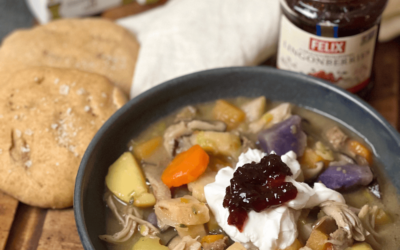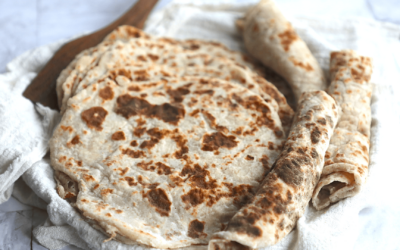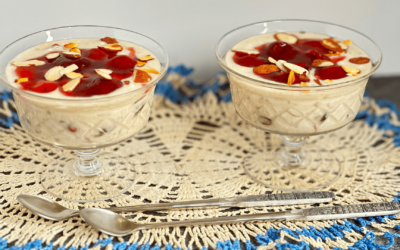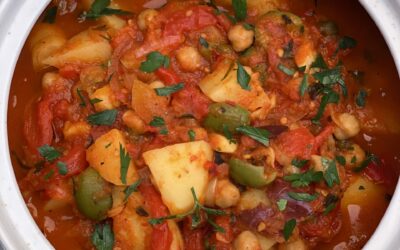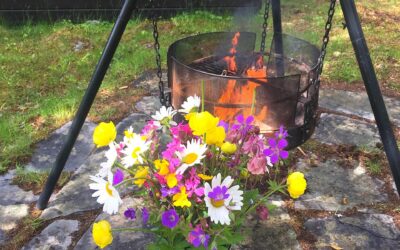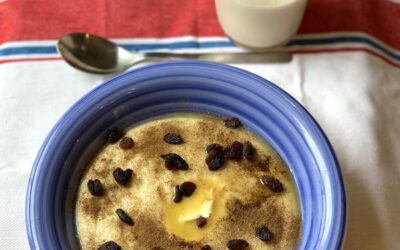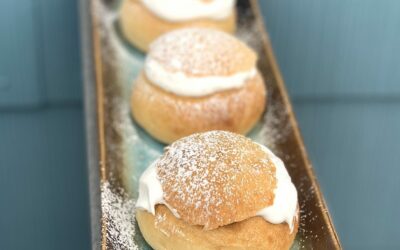February 6th we celebrate the Sámi National Day in Norway. The Samí people are the indigenous people of Norway, Sweden, Finland and parts of Russia (the Kola Peninsula). Norway is home to about half of the total Sami population, approximately 40,000 people. ...
Culture & History
Celebrating Back To School With Norwegian “Skoleboller”
This a repurposed blog from a previous post I published back in January of 2013 before I turned vegan. I've wanted to make a vegan version of the amazing and popular sweet rolls Norwegians are known for, called skolebrød or skoleboller, depending on where in the...
Lomper – the tortillas of Norway
Being Norwegian, I am not lacking in ideas of what to do with potatoes. As I’ve mentioned before in my previous posts, where would Norway be without potatoes? We seem to eat it with practically every meal, as this is an easy crop to grow in a cold weather...
A Norwegian Grandmother’s Favorite Dessert
A big reason why I started this blog, was to research and share information, not just Norwegian recipes but their origins, the history of our food, and more importantly, why certain recipes came about. Today's dish is so old school I suspect younger people in Norway...
Bacalao: Where Norway Meets Portugal
Bacalao is a Spanish term for dried, salted cod but also refers to a flavorful, slightly spicy stew with tomatoes, roast peppers, potatoes, and olives…Before I continue, I want to make clear that I do not eat fish anymore…So with this blog post, I’m giving you the ultimate bacalao: with all the familiar flavors, added nutrient-rich ingredients (chickpeas are rich in fiber, fish have none) that are less costly for both your wallet and the environment—and I really promise you won’t miss the fish.
Sankthansaften – Norway’s Summer Solstice
While the international world hears of “Midsummer” celebrations in Sweden, Norwegians have a similar celebration around the same time referred to as “Sankthansaften”, also sometimes called “Jonsok”. This was thought to be the birthday of Johannes the Baptist. “Jon” comes from “Johannes” and the ending “ok” is a derivative of “Jonsvaka”, meaning the church would lie awake the night before, awaiting Jon’s birth. The midsummer day has, however…
Food Culture and Traditions in the Fjords of Norway
This post is sure to be the first of many parts where I dive into Norwegian food culture, and what makes it different, special and unique. Having lived in multiple countries, I am fascinated with both differences and similarities among countries, which is what inspired me to write a few words on this topic.
Easy No-Knead Bread Recipe
I can’t imagine a world without bread. Perhaps it’s the Scandinavian in me, but I feel tremendous happiness in enjoying a big hunk of bread, slathered with butter or some other topping, paired with a nice glass of wine. Give me that, and that’s all I knead (pun intended).
Celebrating Midsummer with Norwegian Rømmegrøt
Jonsok, or Sankthansaften, is a midsummer marker traditionally celebrated on June 24th and historically a Catholic holiday. Jonsok / Sankthans is named after the baptist Johannes, whose Danish saint name is St. Hans. Religious history describes how Johannes baptized Jesus in the Jordan river, and was the first one who recognized him as the Messiah. The word Jonsok is an Old Norse word which translates to “waking night for Jon” (short for Johannes).
Norwegian Fastelavnsboller with a Swedish Twist
Fastelavn is celebrated the Sunday before Ash Wednesday and evolved from the Roman Catholic tradition of celebrating the days before Lent. Often referred to as the Nordic Halloween, children will dress up in costumes and gather treats for the fastelavnfeast. Although we don’t see as much of this tradition in Norway, it’s still practiced in Denmark, who I think are the masters of fastelavn and are known for parades and festivities across the country.
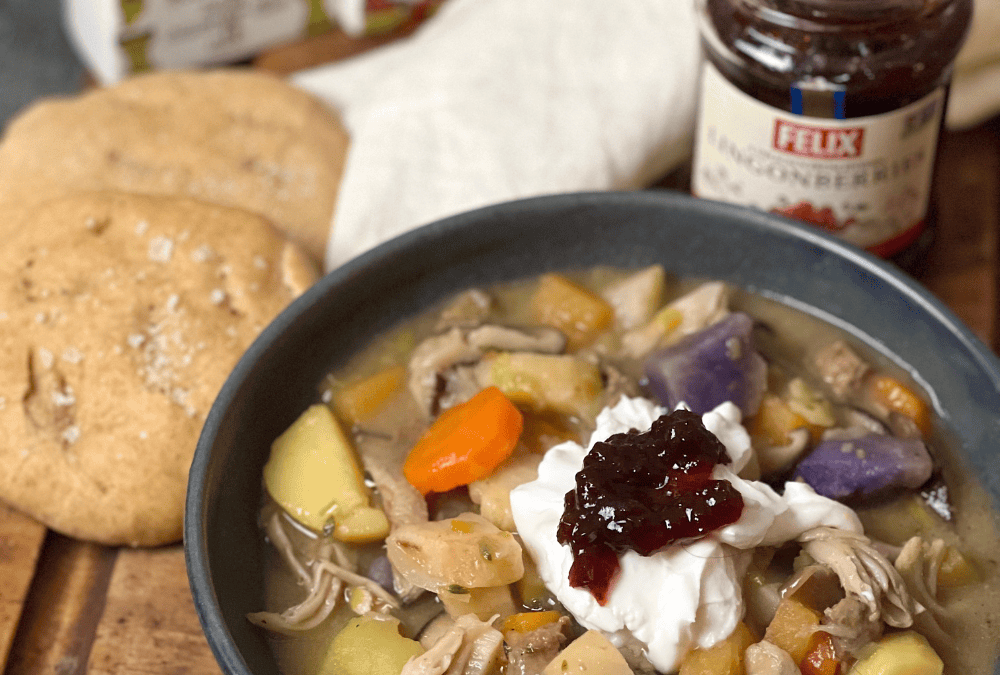
Vegan Bidos
February 6th we celebrate the Sámi National Day in Norway. The Samí people are the indigenous people of Norway, Sweden, Finland and parts of Russia (the Kola Peninsula). Norway is home to about half of the total Sami population, approximately 40,000 people. ...
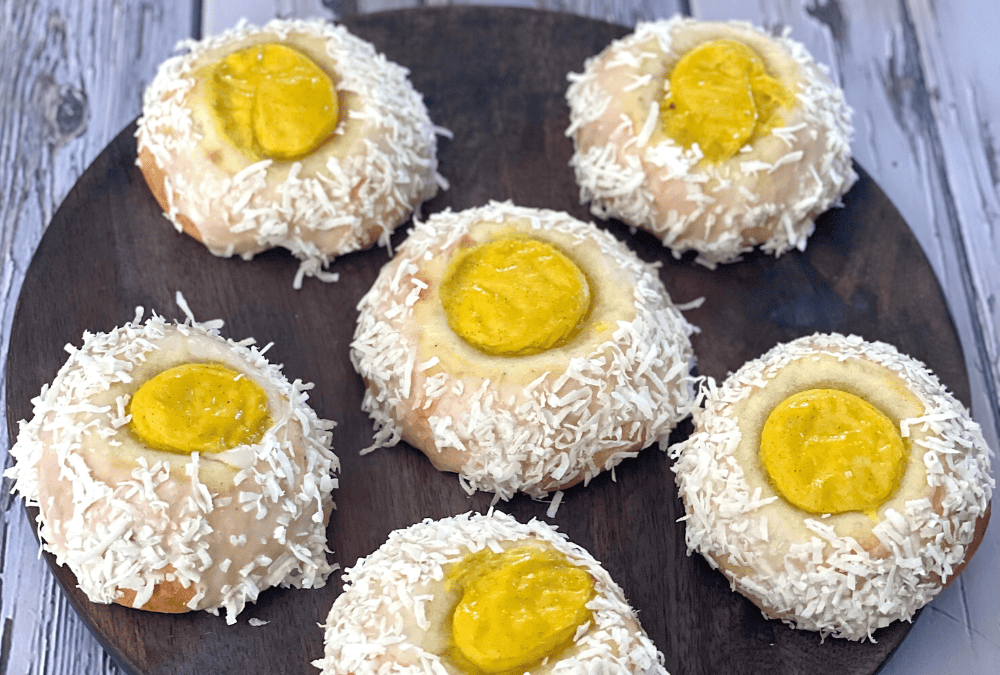
Celebrating Back To School With Norwegian “Skoleboller”
This a repurposed blog from a previous post I published back in January of 2013 before I turned vegan. I've wanted to make a vegan version of the amazing and popular sweet rolls Norwegians are known for, called skolebrød or skoleboller, depending on where in the...

Lomper – the tortillas of Norway
Being Norwegian, I am not lacking in ideas of what to do with potatoes. As I’ve mentioned before in my previous posts, where would Norway be without potatoes? We seem to eat it with practically every meal, as this is an easy crop to grow in a cold weather...
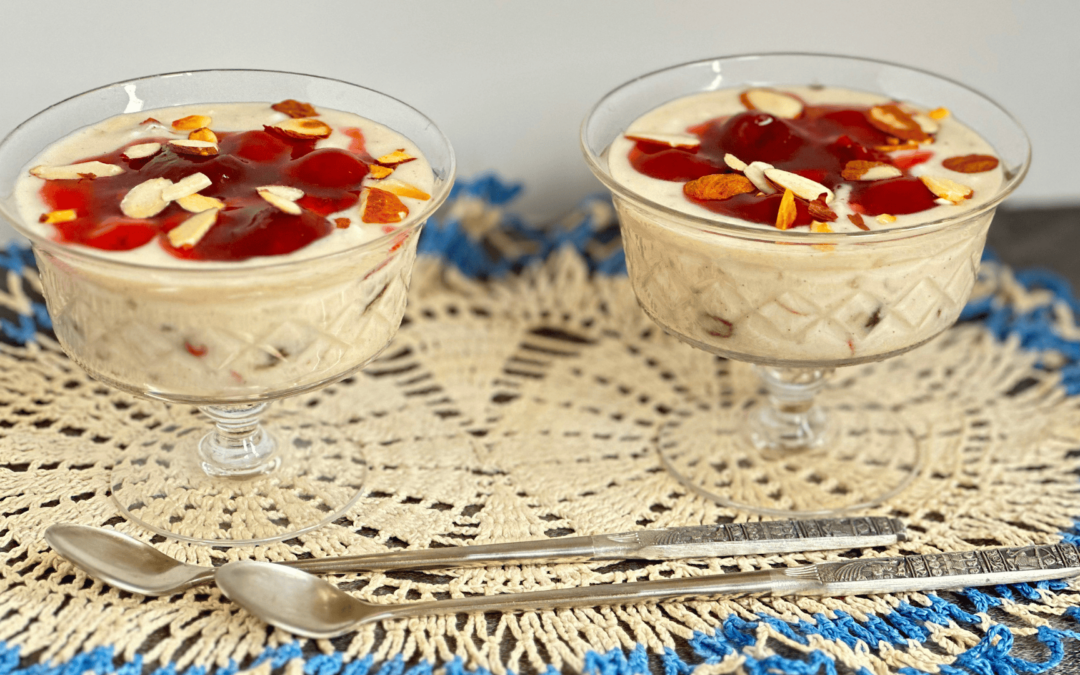
A Norwegian Grandmother’s Favorite Dessert
A big reason why I started this blog, was to research and share information, not just Norwegian recipes but their origins, the history of our food, and more importantly, why certain recipes came about. Today's dish is so old school I suspect younger people in Norway...
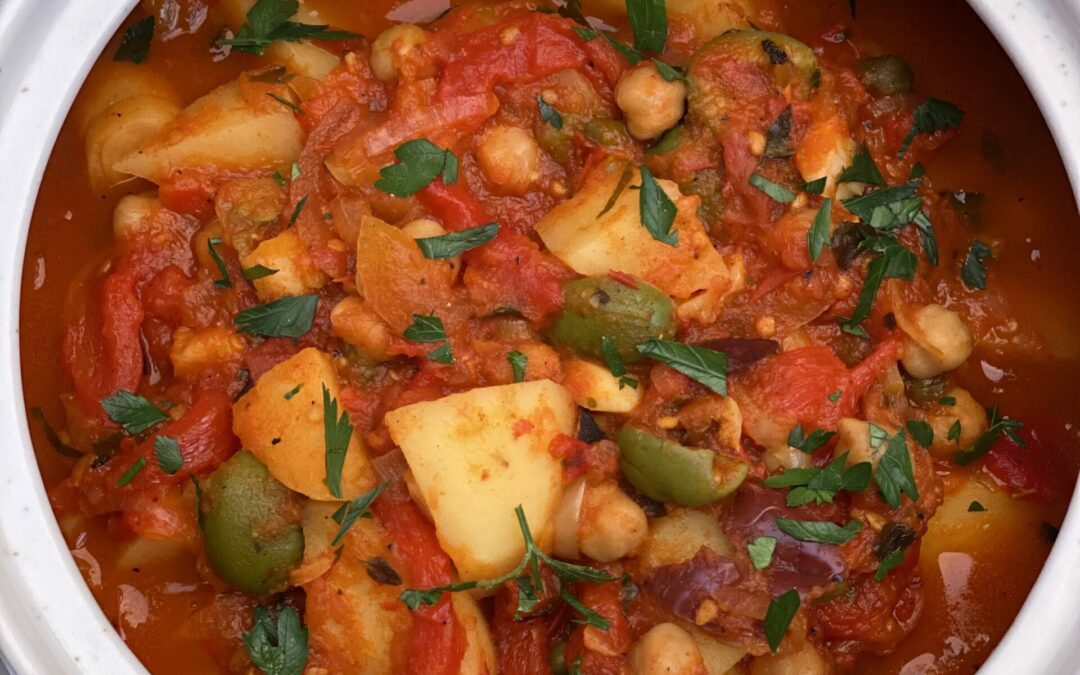
Bacalao: Where Norway Meets Portugal
Bacalao is a Spanish term for dried, salted cod but also refers to a flavorful, slightly spicy stew with tomatoes, roast peppers, potatoes, and olives…Before I continue, I want to make clear that I do not eat fish anymore…So with this blog post, I’m giving you the ultimate bacalao: with all the familiar flavors, added nutrient-rich ingredients (chickpeas are rich in fiber, fish have none) that are less costly for both your wallet and the environment—and I really promise you won’t miss the fish.

Sankthansaften – Norway’s Summer Solstice
While the international world hears of “Midsummer” celebrations in Sweden, Norwegians have a similar celebration around the same time referred to as “Sankthansaften”, also sometimes called “Jonsok”. This was thought to be the birthday of Johannes the Baptist. “Jon” comes from “Johannes” and the ending “ok” is a derivative of “Jonsvaka”, meaning the church would lie awake the night before, awaiting Jon’s birth. The midsummer day has, however…
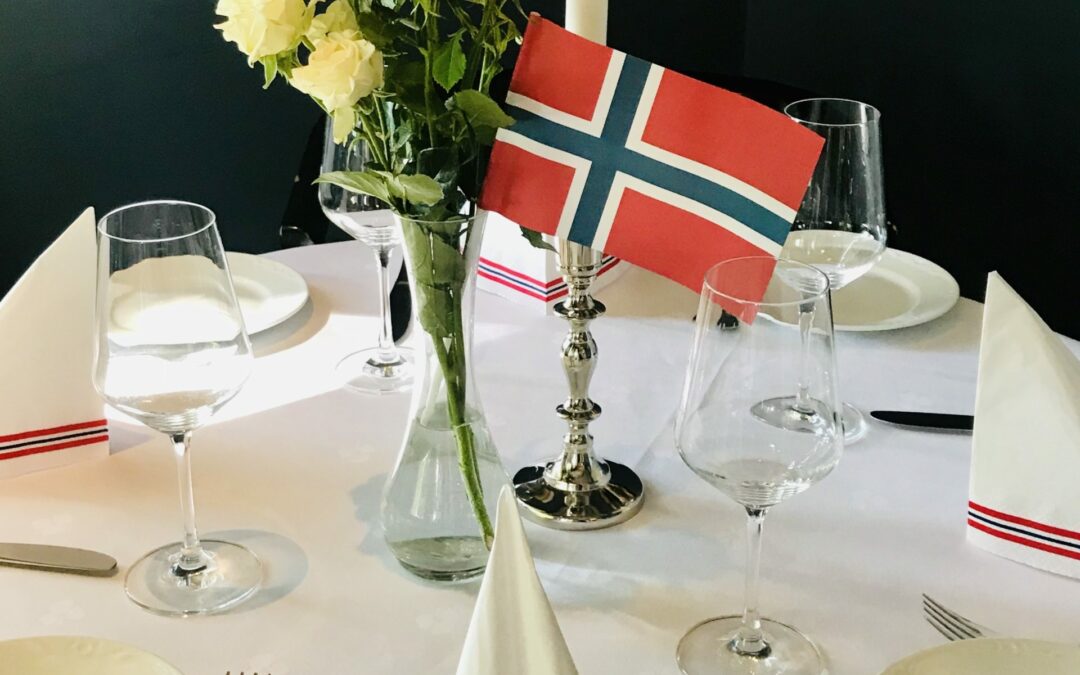
Food Culture and Traditions in the Fjords of Norway
This post is sure to be the first of many parts where I dive into Norwegian food culture, and what makes it different, special and unique. Having lived in multiple countries, I am fascinated with both differences and similarities among countries, which is what inspired me to write a few words on this topic.

Easy No-Knead Bread Recipe
I can’t imagine a world without bread. Perhaps it’s the Scandinavian in me, but I feel tremendous happiness in enjoying a big hunk of bread, slathered with butter or some other topping, paired with a nice glass of wine. Give me that, and that’s all I knead (pun intended).

Celebrating Midsummer with Norwegian Rømmegrøt
Jonsok, or Sankthansaften, is a midsummer marker traditionally celebrated on June 24th and historically a Catholic holiday. Jonsok / Sankthans is named after the baptist Johannes, whose Danish saint name is St. Hans. Religious history describes how Johannes baptized Jesus in the Jordan river, and was the first one who recognized him as the Messiah. The word Jonsok is an Old Norse word which translates to “waking night for Jon” (short for Johannes).
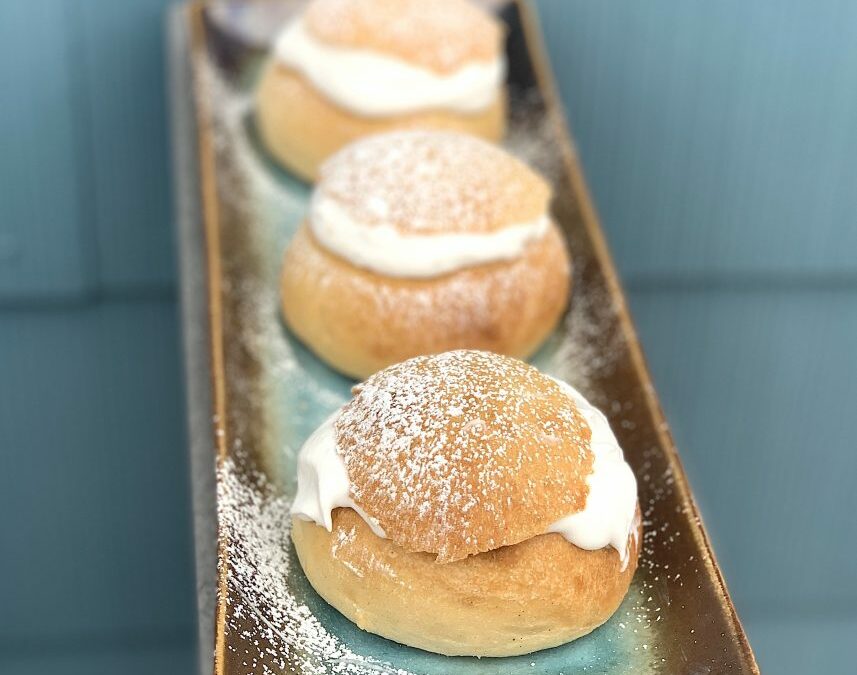
Norwegian Fastelavnsboller with a Swedish Twist
Fastelavn is celebrated the Sunday before Ash Wednesday and evolved from the Roman Catholic tradition of celebrating the days before Lent. Often referred to as the Nordic Halloween, children will dress up in costumes and gather treats for the fastelavnfeast. Although we don’t see as much of this tradition in Norway, it’s still practiced in Denmark, who I think are the masters of fastelavn and are known for parades and festivities across the country.

